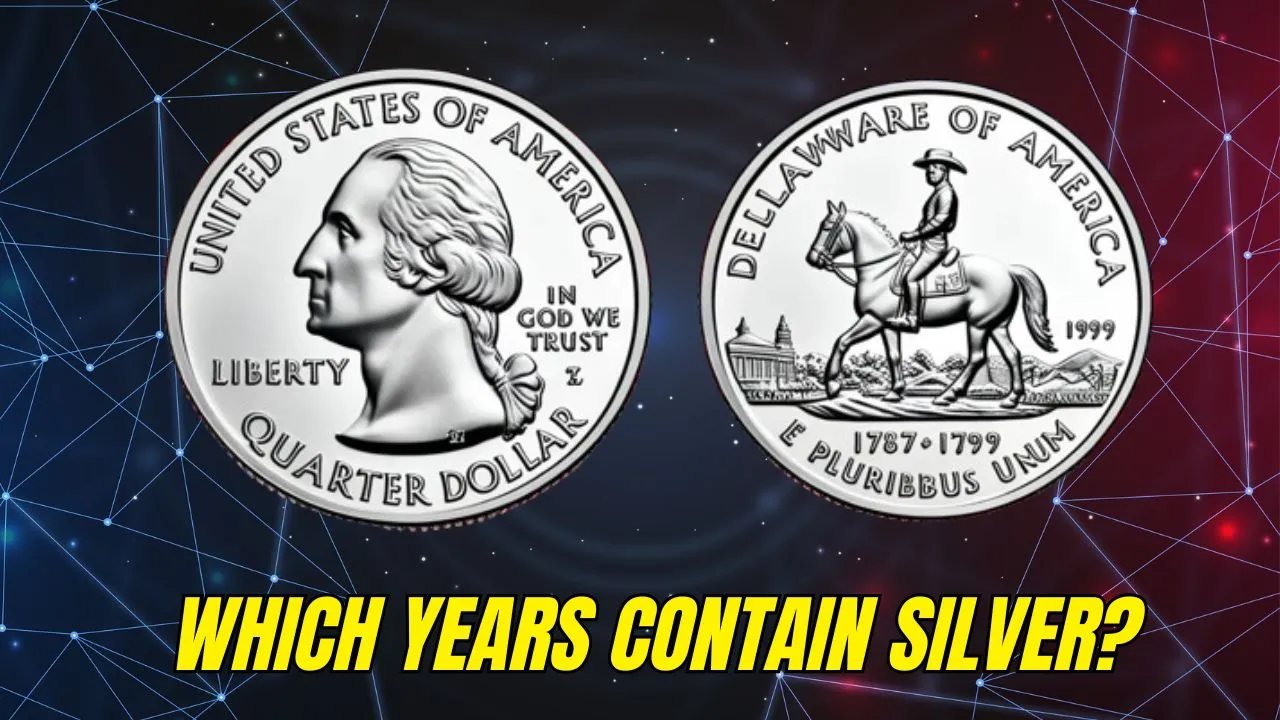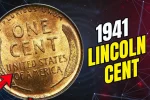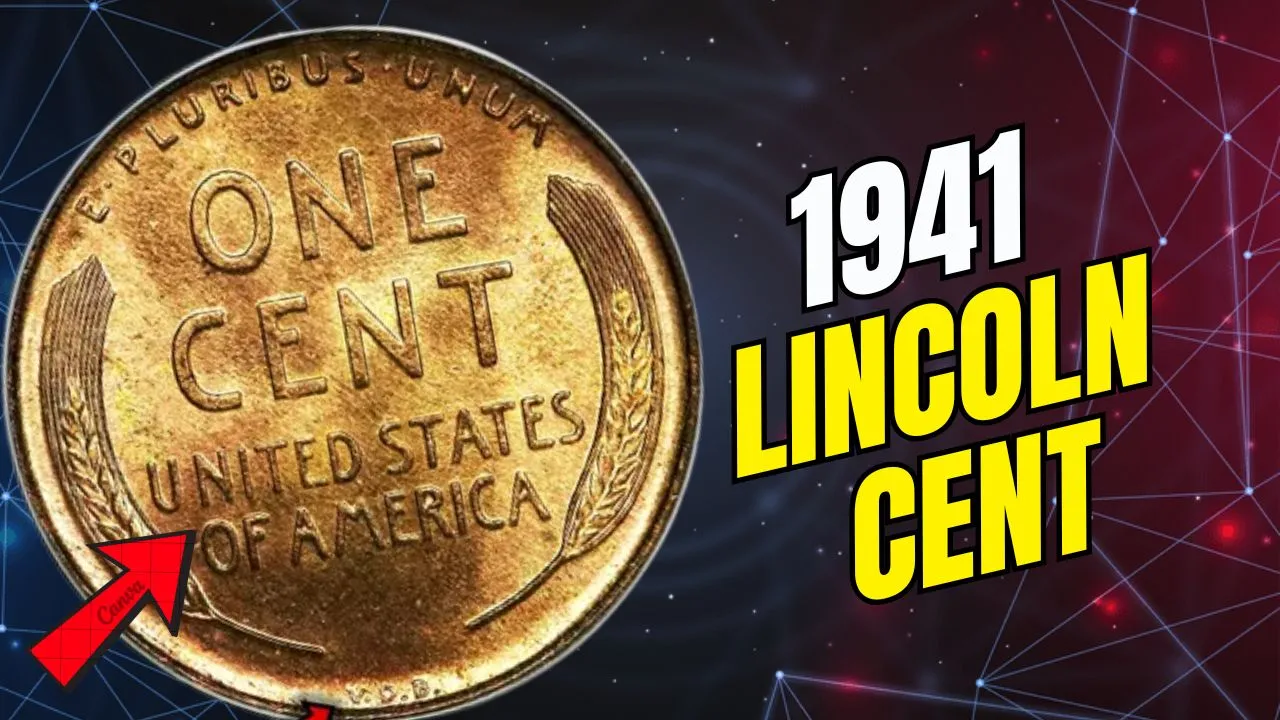Silver Quarters: In the fascinating world of coin collecting, Silver Quarters stand out as prized possessions. These coins, minted before 1965, are not only historically significant but also valuable due to their 90% silver content. For collectors and investors alike, identifying these quarters can be both exciting and profitable.
This article explores everything you need to know about Silver Quarters—what they are, which years they were minted, how to identify them, and their current value. Whether you’re a seasoned numismatist or just starting your collection, this guide will help you understand why these quarters remain a treasure trove in the world of coin collecting.
Quick Overview of Silver Quarters
| Feature | Details |
| Minting Years | 1932–1964 |
| Silver Content | 90% Silver, 10% Copper |
| Key Series | Washington Quarters |
| Rare Editions | 1932-D, 1932-S, 1950-D |
| Melt Value | Based on current silver price |
| Best Sources | Coin Dealers, Auctions, Online Markets |
What Are Silver Quarters?
A Silver Quarter is a U.S. 25-cent coin minted before 1965, containing 90% silver and 10% copper. These coins were primarily issued under the Washington Quarter series, introduced in 1932 to commemorate the 200th birthday of George Washington.
What sets these quarters apart is their intrinsic value derived from their silver content. Unlike modern quarters, which are made of a copper-nickel alloy, these older coins carry both historical and financial worth. Their melt value often exceeds their face value, making them attractive for both collectors and investors.
Which Years Are Silver Quarters?
The minting of Silver Quarters spanned from 1932 to 1964. Here’s a breakdown of the key years:
- 1932–1964: All quarters minted in these years contained 90% silver.
- 1934–1935: These years marked consistent silver production post the initial 1932 minting.
- 1937–1947: Known for stable production and collectible designs.
- 1949–1950: Relatively low mintage years, making these quarters more desirable.
- 1953–1964: The final stretch of silver quarters before the metal composition changed.
In 1965, the Coinage Act of 1965 officially ended the use of silver in quarters, transitioning to the more affordable copper-nickel alloy we see today.
Why Did the U.S. Stop Minting Silver Quarters?
The discontinuation of Silver Quarters was driven by rising silver prices in the early 1960s. As the cost of silver increased, it became unsustainable for the U.S. Mint to continue producing coins with high silver content.
To address this issue, Congress passed the Coinage Act of 1965, replacing silver in quarters with a copper-nickel alloy. This decision ensured a steady coin supply without causing financial losses to the U.S. Treasury.
How to Identify Silver Quarters
Spotting a Silver Quarter is relatively straightforward if you know what to look for:
- Check the Year: Look for quarters minted between 1932 and 1964.
- Examine the Edge: A Silver Quarter has a solid silver edge, unlike modern quarters with a visible copper stripe.
- Weight Check: A genuine Silver Quarter weighs approximately 6.25 grams.
- Mint Marks: Coins with mint marks like “D” (Denver) or “S” (San Francisco) can sometimes carry additional value.
Using these simple identification methods, you can easily determine whether a quarter in your collection is silver.
What is the Value of Silver Quarters?
The value of Silver Quarters depends on two main factors:
- Silver Content (Melt Value): Each Silver Quarter contains about 0.1808 troy ounces of silver. The melt value fluctuates with the current silver spot price.
- Numismatic Value: Some quarters are rare due to low mintage or unique historical significance, such as the 1932-D or 1932-S quarters.
For example, if the current silver spot price is $25 per ounce, a single silver quarter would have a melt value of approximately $4.52. Rare editions, however, can fetch hundreds or even thousands of dollars depending on their condition and demand.
Rare Silver Quarters to Look For
Certain Silver Quarters are highly coveted by collectors due to their scarcity:
- 1932-D Washington Quarter: Low mintage and high demand make this coin exceptionally valuable.
- 1932-S Washington Quarter: Another rare piece highly sought after by collectors.
- 1950-D Washington Quarter: Known for its limited production numbers.
These rare coins often command premium prices, especially in mint condition or when professionally graded.
Where Can You Find Silver Quarters?
Finding Silver Quarters can be an exciting treasure hunt. Here are the best places to look:
- Coin Shops: Local dealers often have silver quarters in their inventory.
- Online Marketplaces: Websites like eBay offer a wide range of listings.
- Estate Sales and Flea Markets: You might find silver quarters in bulk collections.
- Coin Shows: Attend events where collectors and dealers trade rare coins.
Sometimes, you might even find a Silver Quarter hiding in loose change—it’s rare but not impossible
Should You Invest in Silver Quarters?
Investing in Silver Quarters is a wise choice for several reasons:
- They hold intrinsic value due to their silver content.
- They act as a hedge against inflation.
- Historical and numismatic value can further increase their worth.
However, always buy from reputable dealers and stay informed about current silver prices to make the most of your investment.
FAQs About Silver Quarters
Q: Which years are Silver Quarters?
A: Quarters minted from 1932 to 1964 contain 90% silver.
Q: How much silver is in a quarter?
A: Each Silver Quarter contains about 0.1808 troy ounces of silver.
Q: Are Silver Quarters rare?
A: Some editions, like the 1932-D and 1932-S, are considered rare and highly valuable.
Q: How can I tell if a quarter is silver?
A: Check the year (1932–1964) and look for a solid silver edge.
Q: Are Silver Quarters a good investment?
A: Yes, they offer both precious metal value and historical significance.
Final Thoughts
Silver Quarters are more than just coins—they are pieces of history and tangible assets. Whether you’re collecting them for their beauty, historical significance, or as a financial investment, these quarters offer enduring value.
Start exploring your collection or visit a coin dealer today—you might just uncover a hidden treasure in the form of a Silver Quarter! Share your experience or favorite finds in the comments below. Happy collecting!








